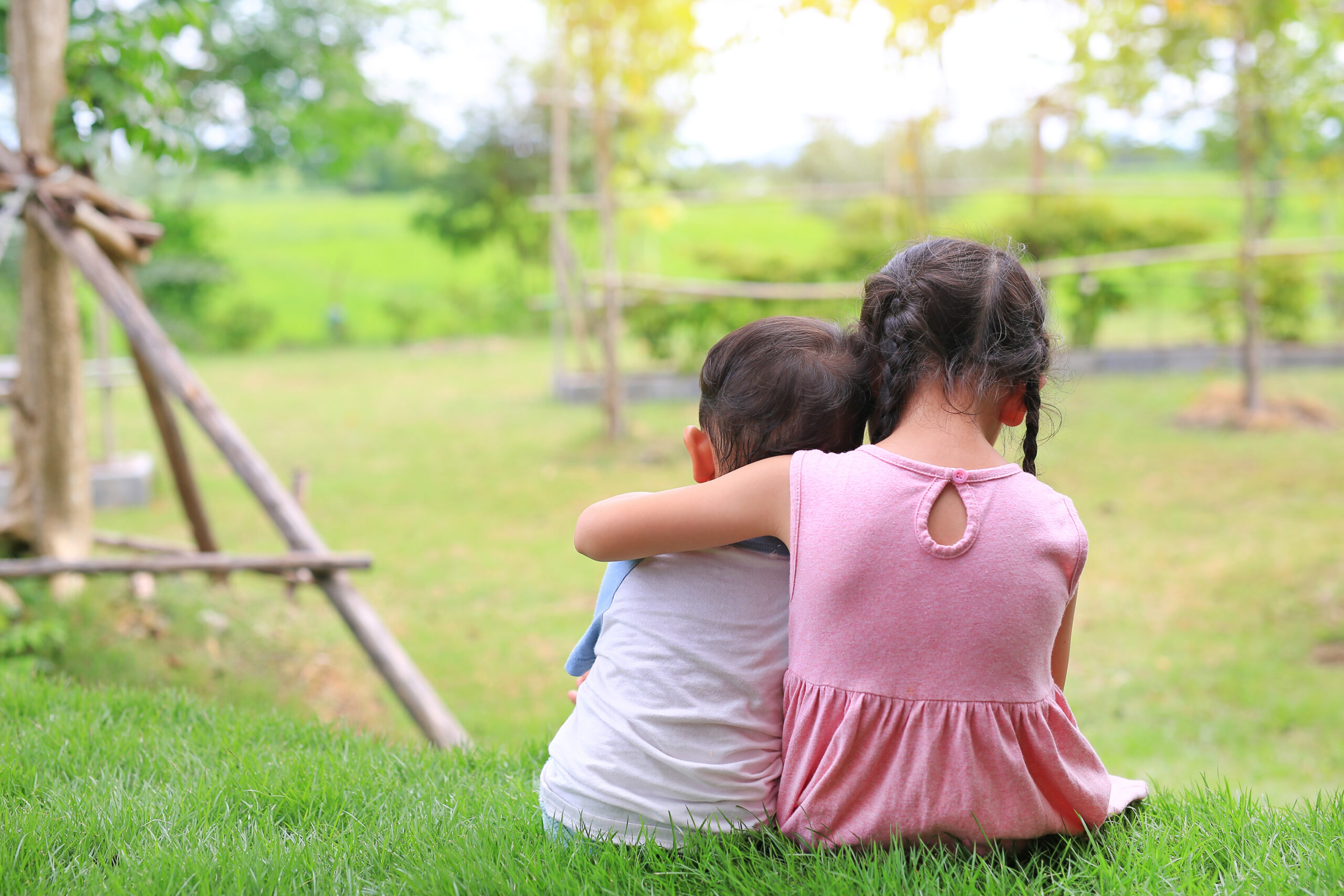How to identify elder abuse and neglect in dementia care
Identifying elder abuse and neglect in dementia care is crucial because people with dementia are especially vulnerable. Their memory loss, confusion, and difficulty communicating can make it hard for them to report mistreatment or even recognize it themselves.
One of the first things to watch for is **physical signs** that don’t have a clear explanation. These might include bruises, burns, cuts, broken bones, or scrapes. If you notice injuries that seem unusual or if the person seems fearful around certain caregivers, this could be a red flag. Also pay attention if they have untreated wounds or show signs of being restrained like rope marks.
Changes in behavior are another important clue. Someone with dementia who suddenly becomes withdrawn, anxious, depressed, paranoid, or shows unexplained mood swings might be experiencing emotional abuse or neglect. They may also stop participating in activities they once enjoyed or become unusually quiet and isolated.
Neglect often shows up as poor hygiene—like bad odors from not being bathed regularly—or malnutrition from missed meals. Look for bedsores too; these can indicate the person isn’t being turned regularly if they’re immobile.
Financial abuse is harder to spot but just as harmful. Watch out for sudden changes in bank accounts or missing belongings and documents related to money such as wills or insurance papers changing without clear reason.
Sometimes caregivers try to keep others away from the elder by refusing visitors alone with them; this isolation can hide abuse.
If you suspect any form of mistreatment—whether physical harm, emotional cruelty like yelling and intimidation, neglecting basic needs like food and medication, sexual abuse indicated by bruising around private areas without explanation—or financial exploitation—it’s important to trust your instincts and take action quickly by reporting concerns to appropriate authorities who can investigate safely.
People caring for those with dementia may feel overwhelmed but recognizing these warning signs early helps protect vulnerable elders from harm before situations worsen.





